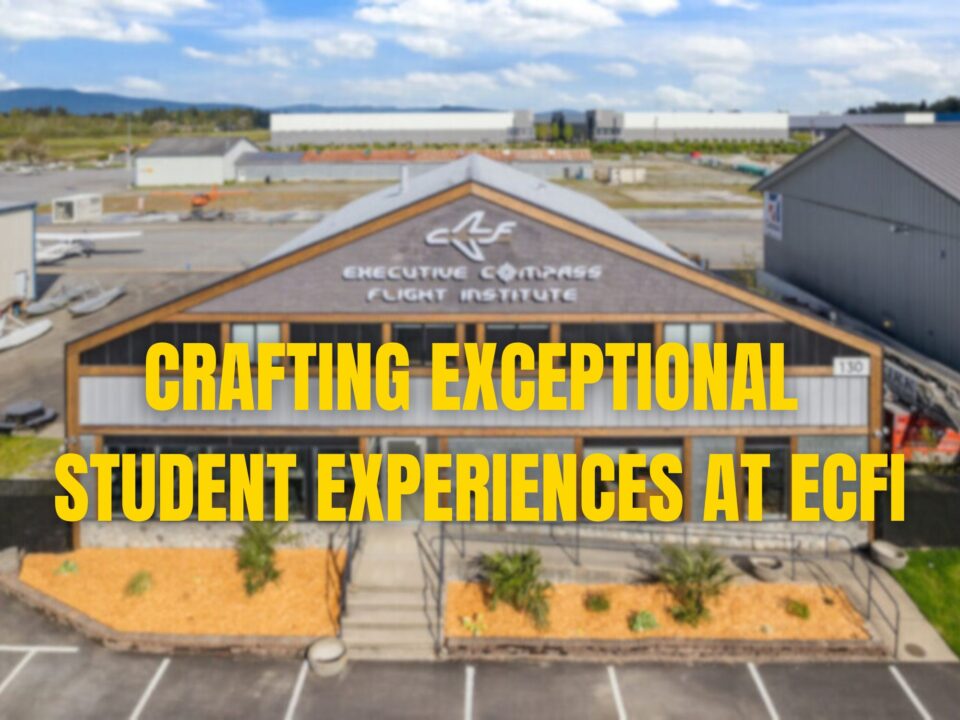Single-Engine (Group 3) Instrument Rating Course
Ever wonder how pilots take-off and land in fog?
An instrument rating allows a pilot to navigate without visual reference to the ground.
Instrument Rating Admission Requirements
Holder of a Transport Canada Private Pilot Licence
A Category 1 or 3 medical certificate
Instrument Rating Program Requirements
Minimum 40 hours of instrument training (maximum 20 hours can be done in a certified simulator) with 5 hours instrument time credited from PPL
50 hours of Pilot in Command Cross - Country time, Transport Canada requirement (PPL (PIC) Cross-Country time is credited)
Dual cross country of at least 100 nautical miles under simulated or actual IFR conditions
Minimum 70% on the Transport Canada written exam (INRAT)
Successfully pass the Transport Canada flight test
Ground School
Instrument Training Curriculum Overview
The instrument training curriculum is designed to equip pilots with the skills and knowledge necessary to operate under Instrument Flight Rules (IFR). This training is essential for flying in instrument meteorological conditions (IMC) where visibility is limited. The curriculum typically includes both ground school and flight training components.
Ground school covers topics such as aviation regulations, IFR flight plans, and understanding instrument approach procedures. Pilots must learn how to interpret weather information, navigate using instruments, and communicate effectively with air traffic control. This theoretical knowledge is critical for safe and efficient IFR operations.
Flight training involves practical exercises using a flight training device and actual aircraft. Pilots are required to complete at least 40 hours of instrument flight time and 50 hours of cross-country flight time as pilot in command. This includes practicing instrument approaches, holds, and other IFR maneuvers.
The curriculum ensures that pilots are well-prepared to handle the complexities of instrument flying, culminating in a flight test conducted by an examiner. Upon successful completion, the instrument rating is issued, allowing pilots to fly in a wider range of weather conditions and enhancing their overall flying proficiency.
The Role of Instructors in Instrument Training
Instructors play a pivotal role in instrument training, guiding students through both the theoretical and practical aspects of IFR flying. Their expertise and experience are crucial in helping pilots develop the necessary skills to operate safely in instrument meteorological conditions (IMC).
During ground school, instructors teach the fundamentals of IFR navigation, air traffic control clearances, and aviation regulations. They ensure that students understand how to create and file an IFR flight plan, interpret instrument approach charts, and respond to different weather scenarios. This foundational knowledge is essential for successful instrument flying.
In flight training, instructors provide hands-on guidance as students practice various IFR maneuvers. This includes executing precision and non-precision instrument approaches, holding patterns, and dealing with unexpected situations such as equipment failures. Instructors also simulate IMC using flight training devices and actual flights, allowing students to experience and learn how to navigate with limited visibility.
Moreover, instructors help students build confidence and proficiency through continuous feedback and assessment. Their role is not only to teach but also to mentor and support students throughout their training journey. By ensuring that students meet all the training requirements and standards, instructors play a key part in preparing them for the final flight test, where their skills and knowledge are rigorously evaluated.
Instrument Training: Ground School vs. Flight Training
Instrument training is divided into two main components: ground school and flight school. Each plays a crucial role in developing a pilot's ability to operate under IFR and in IMC.
Ground school focuses on the theoretical knowledge required for instrument flying. Topics covered include aviation regulations, IFR flight plans, weather interpretation, and navigation using instruments. Students learn about air traffic control procedures, how to read and understand instrument approach charts, and the principles of flight by reference to instruments. This theoretical foundation is essential for making informed decisions and managing flights safely.
Flight training, on the other hand, provides practical, hands-on experience. Pilots practice flying solely by reference to instruments, simulating conditions where visual flight is not possible. This includes completing a minimum of 40 hours of dual instrument flight time. Pilots also perform instrument approaches, holding patterns, and other IFR maneuvers under the guidance of a certified flight instructor.
Both ground school and flight school are integral to instrument training. Ground school provides the necessary knowledge, while flight training develops practical skills. Together, they ensure that pilots are well-prepared for the instrument rating flight test, which assesses their ability to operate safely and effectively under IFR.
Common Instrument Training Exercises
Instrument training involves several key exercises designed to develop the skills needed for safe and efficient IFR operations. One of the primary exercises is practicing instrument approaches. Pilots learn to execute precision approaches, such as ILS (Instrument Landing System), and non-precision approaches, such as VOR or NDB approaches. These exercises are crucial for landing safely in low-visibility conditions.
Another important exercise is holding patterns. Pilots practice entering, maintaining, and exiting holding patterns, which are often used by air traffic control to manage traffic flow and delays. Proficiency in holding patterns is essential for maintaining safe separation from other aircraft in busy airspace.
Cross-country flights are also a significant part of instrument training. Pilots must complete at least 50 hours of cross-country flight time as pilot in command. These flights involve planning and navigating long distances under IFR, enhancing skills in flight planning, fuel management, and enroute navigation.
Additionally, pilots practice emergency procedures and unusual attitude recoveries. These exercises prepare pilots to handle unexpected situations, such as equipment failures or severe weather. Training with a multi-engine aircraft, focusing on engine-out scenarios, and understanding multi-engine centerline thrust are also critical components for those seeking a multi-engine instrument rating.
Overall, these common exercises ensure that pilots are well-prepared for the challenges of instrument flying, enhancing their safety and proficiency in all flight conditions.
Instrument Rating Pricing
| Dual Training (10 hours) | $303 per hour |
| Simulator Training (10 hours) | $265 per hour |
| Ground Briefing (7 hours) | $95 per hour |
| (Optional) Ground School (INRAT prep) | $600 |
| Materials Fee | $100 |
| Application Fee | $250 |
| Administration Fee | $250 |
- Estimated cost of the Instrument Rating is $7,695 based on Transport Canada minimum requirements. Actual hours and costs can vary depending on individual student performance.
- Licensing related fees $545.
- Prices do not include taxes.
- Prices are subject to change.









